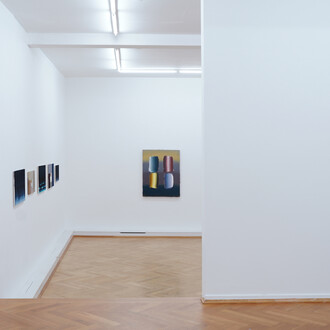How do we want to shape our future? And how can we make this world we live in a better place, from nowhere to now-here. These questions are central (not only, but especially) for children and young people. Utopias are touching on fundamental questions of human thought about the meaning and change of existence. Art, in itself, has always searched for utopias – for the design of the future, the world and inexhaustible spaces of possibility as an alternative to the present. It explores what is conceivable and imaginable beyond the horizons of a society limited by conventions.
During the Children's Biennale, local and international artists transform the Japanese Palace into a fantastic place that encourages visitors to see, hear, feel, participate and discover. Children, families and visitors are invited to immerse themselves in artistic spheres, to become creative themselves and to leave the usually rather passive and contemplative role in the museum. Planet Utopia - a colourful revolt of the senses with participatory and immersive experiences - is, like the previous edition Embracing nature, dedicated to the maxim of sustainable exhibition practice.
An integral part of the exhibition preparation is the collaboration with an international Children's Advisory Board, in a sense the co-curators of the project. In an open and multi-voiced process that also opens up multi-perspective approaches to utopian thinking in relation to space, time and questions of the present, their perspectives, ideas and visions form the basis of the concept and design of the Children's biennale. Sense-making, self-efficacy, joy, empathy, respect and energy are at the centre.
















